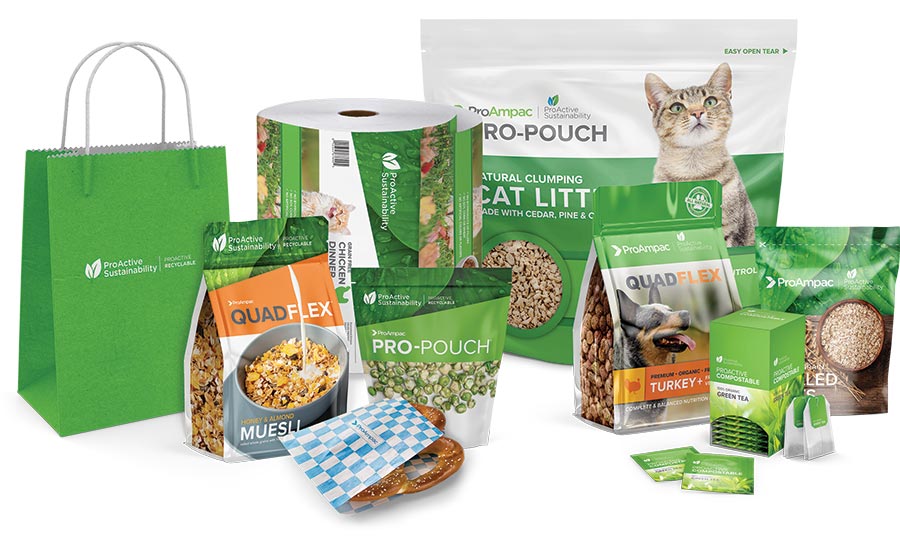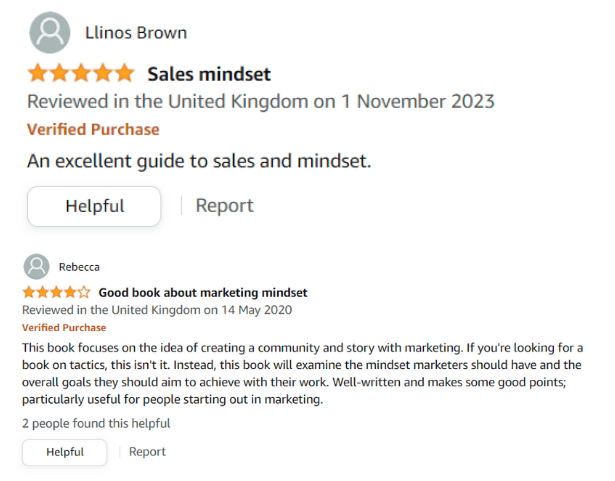The Fundamentals of Human Decision-Making
When making decisions, our brains go through a complex process of recognizing the problems, searching and evaluating options, and weighing the pros and cons before arriving at a final choice.
The first decision-making framework was introduced by John Dewey in 1910, including 5 primary stages of high-involvement decision-making, namely problem recognition, information search, option evaluation, trial, and purchase.
Yet, our decision-making process is also influenced by various factors, from cognitive biases, social environment, mental shortcuts, and rules of thumb known as heuristics.
Theories like the Heuristic-Analytic and suggestions by Danial Kahneman in his iconic ‘Think, Fast and Slow’ have explored the dual-process model of decision-making, which suggests that our decisions are shaped by both rational and intuitive thinking.
Surprisingly, a study by Harvard Business School professor Gerald Zaltman concluded that 95% of our decisions are made subconsciously, which means we are not as rational as we believe.
Thus, mental shortcuts like heuristics play a pivotal role in the intuitive, fast-thinking aspect of decision-making, helping us handle complex choices quickly and efficiently, albeit sometimes leading to cognitive biases.
Read More: Reverse Psychology In Advertising
What Are Heuristics In Decision-Making?
Heuristics are simple, efficient rules or mental shortcuts that our brains use to make quick decisions and solve complicated problems, especially in situations where time or information is limited. In other words, heuristics accelerate our decision-making process in uncertain environments.
The concept of heuristics was first mentioned by Amos Tversky, Daniel Kahneman, and Paul Slovic in 1982, challenging the conventional economic theories that believe in human rationality.
For marketers, understanding heuristics is essential because they account for the majority of our irrational decisions, shaping how we perceive and evaluate products and marketing messages.
All Heuristics In Marketing and Decision-Making
1. Representativeness
The representativeness heuristic involves making judgments about the likelihood of an event or situation based on how closely it represents a particular category or stereotype. We often use representativeness when we go shopping or are not motivated to analyze statistical information.
For example, as the color green is often associated with nature, organic products, and eco-friendly messages, we often perceive green packages in supermarkets as organic and environmentally friendly without reading the labels or product ingredients (See the figure below within 3-5 seconds and ask yourself what you think about the featured products).

2. Simulation
The simulation heuristic is a mental strategy in which we estimate and imagine the outcome of a decision by simulating how it would unfold. This heuristic involves building a scenario in one’s mind and assessing it based on how vividly it can be embodied.
If you go to an IKEA store, you will see the brand always creates room settings that resemble real living spaces. By doing this, IKEA allows customers to easily imagine themselves using the furniture in their own homes.

Overall, this simulation makes it easier for customers to predict how the furniture would look, feel, and fit into their daily lives. As a result, they can mentally picture movie nights on the couch, family dinners around the table, or relaxing in a comfy armchair.
3. Anchoring-Adjustment
The anchoring-adjustment heuristic refers to the tendency to rely heavily on the first piece of information encountered (the “anchor”) when making decisions or judgments.
People then make certain adjustments to their initial anchor based on further evidence, but these changes are often insufficient, leading to biased judgments that remain anchored to the initial value.
Stores often advertise the “original price” alongside a discounted price. The high original price acts as an anchor. Even though we might not have paid the original price, the discount feels more significant compared to the anchor, influencing our purchase decision.

4. Length-implies-strength
The length-implies-strength heuristic, also known as the LISH, is a cognitive bias where people tend to make decisions and perceive information as more convincing, valid, or truthful based solely on their length or level of detail, regardless of the actual quality of the content.
Marketers have taken advantage of this heuristic to primarily exhibit long and detailed positive reviews and user testimonials on their web pages. Simply, they assume that detailed reviews that go into product specs, features, usage experience, and so on may sound more credible and trustworthy.
In general, short reviews with just a star rating or a single positive/negative sentence might seem generic or even potentially fake. LISH makes us crave more information to feel confident about the review’s authenticity (which review is more trustworthy in the below image?).

5. Liking-Agreement
This heuristic describes our tendency to favour and support information, opinions, or ideas coming from people we like or find attractive.
Celebrities and influencers have a significant impact on consumer behavior due to the liking-agreement heuristic.
When a celebrity or influencer we admire endorses a product, we are more likely to view that product favorably and consider purchasing it, even if we have limited information about its actual quality or value.
Even micro-influencers, who are social media personalities with smaller but highly engaged followings, can be particularly effective in leveraging the liking-agreement heuristic.
Their perceived authenticity and relatability foster a sense of familiarity and likability, making their endorsements and recommendations highly persuasive to their followers.
6. Consensus-implies-correctness
Also known as the consensus heuristic, this technique is used as a mental shortcut where we assume that if a large number of people believe something, it must be valid. This heuristic relies on the principle of social proof, where individuals tend to follow the behavior and opinions of the majority.
Besides, when faced with uncertainty, we often look to others for guidance. If many people seem to know something we don’t, we might assume they have access to better information and their points would be valid
Common practices of consensus heuristic in marketing include product reviews, word-of-mouth marketing, and celebrity endorsements.
Yet, it is important to be aware that just because something is popular doesn’t necessarily mean it’s the best choice. The consensus heuristic can lead to the bandwagon fallacy, where we blindly follow the crowd without rational thinking.
7. Scarcity Bias
The scarcity heuristic is a cognitive bias that causes people to place more value on things that are perceived as scarce, rare, or limited in availability.
This bias stems from the fundamental economic principle of supply and demand, where scarcity increases the perceived value and desirability of an item.
Luxury brands like Hermès, Louis Vuitton, and so on have traditionally leveraged scarcity to enhance the perceived value and desirability of their products. For instance, Hermès intentionally limits the production of its iconic Birkin and Kelly handbags, creating a sense of exclusivity and rarity.

This scarcity, combined with the brand’s prestigious reputation, drives demand and increases the perceived value of these handbags among consumers. The waiting lists and limited availability contribute to the perception of these handbags as highly coveted and valuable status symbols.
8. Lexicographic
The lexicographic heuristic is a decision-making strategy where individuals consider criteria or attributes in a specific order of importance, rather than weighing all factors equally.
We focus on the most important criterion first and only move to the next criterion if there is a tie or indifference among the available options based on the initial criterion.
For instance, if quality is considered to be more important than price, then no difference in price can compensate for a difference in quality. That also explains why some prefer to go to high-end shopping malls while some only go to normal retailers.
Also, we tend to simplify complex decisions by setting minimum criteria for each attribute when comparing alternatives. This technique is called the elimination-by-aspects heuristic which involves a 2-stage process: setting requirements and eliminating options that do not meet the standards.
Imagine you’re shopping for a new phone. Instead of evaluating every single feature across all available options, you might set priorities and decide what is most important to you (camera, battery life, brand, etc.).
You may then evaluate the available choices and discard brands that do not meet your top criteria (e.g. eliminate phones with poor cameras if camera quality is your priority). With a smaller pool of options, you can then consider secondary features or compare prices.
This heuristic allows you to make a more manageable and step-by-step decision by focusing on the aspects that matter most to you, while still considering other factors among the remaining options.
The Drawbacks of Heuristics In Decision-Making
While heuristics can be useful mental shortcuts that simplify decision-making in our daily lives, being overly dependent on them can lead to significant drawbacks and manipulations.
Since heuristics are prone to cognitive biases, it can lead to irrational and careless decision-making. By exploiting these biases, marketers can manipulate consumer perceptions and decisions in ways that may not align with their best interests or rational choices.
For example, marketers may use scarcity bias and consensus-implies-correctness to trigger social pressure and urge their customers to act quickly without taking time to consider.
Finally, many heuristics, such as the liking-agreement heuristic, are rooted in emotional responses and gut feelings. These again facilitate cognitive biases, making people even more susceptible to manipulation and overconsumption.
How To Avoid Heuristics In Decision-Making?
The first step is to develop awareness of the existence of heuristics and cognitive biases. Understanding how these mental shortcuts can lead to suboptimal decisions can help us recognize when we might be relying too heavily on them.
Secondly, when making important decisions, take the time to slow down and reflect on the process. Avoid rushing into decisions based on gut reactions or first impressions, which are often driven by heuristics.
Eventually, you should try to adopt a more diligent and structured decision-making process, taking into account different stages such as problem recognition, information search, alternative comparison, etc. before coming to any conclusion.
If possible, you can actively seek out diverse perspectives and information sources to minimize confirmation and cognitive bias and be willing to challenge common norms and beliefs to figure out what works in your situation.
Academic Sources For This Blog:
Jansson-Boyd, Cathrine (2019) Consumer Psychology. 2nd ed. Maidenhead: McGraw-Hill Education.
Kahneman, D., Slovic, P., and Tversky, A. (1982) Judgment under Uncertainty : Heuristics and Biases. Cambridge: Cambridge University Press.
Sy Chu
As an analytical and creative marketing enthusiast skilled in customer analysis, content research and brand management, my passion is help businesses gain insights into their brand and marketing strategies to drive impactful outcome to their success.
